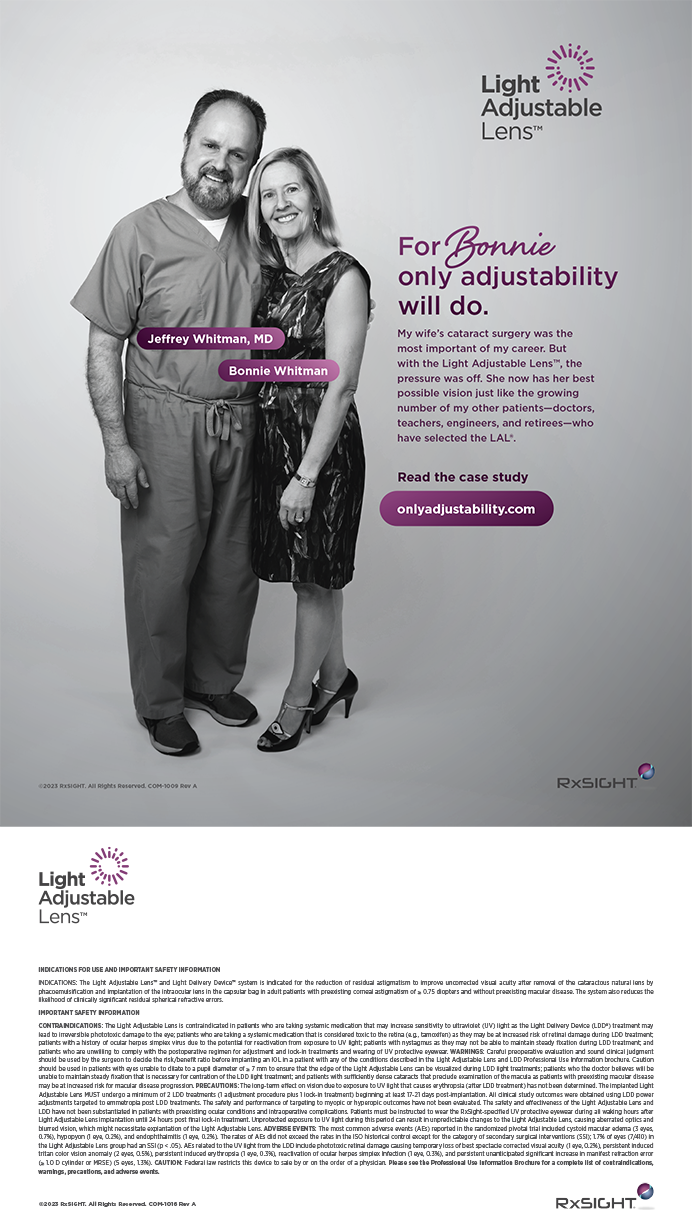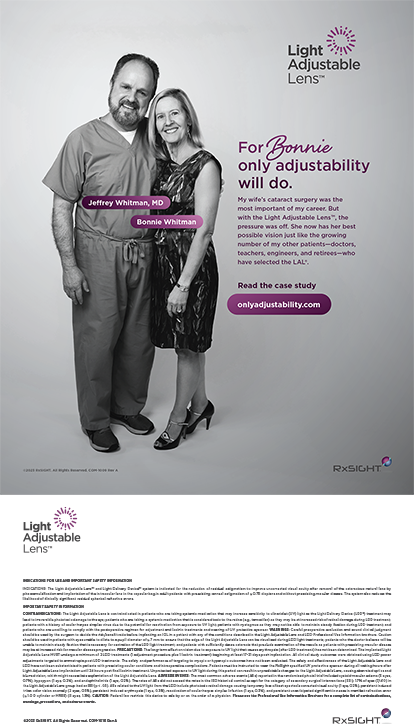By now, chances are that you are familiar with LinkedIn (www.linkedin.com). According to its website, the social network for professionals boasts 161 million members worldwide as of March 2012. If you are not yet using LinkedIn, you may be missing out on a valuable resource that includes an extensive network of health care professionals. In fact, in the United States alone, 5.6 million LinkedIn users categorize themselves as working in the medical field. Worldwide, that number jumps to 10.3 million. What makes LinkedIn so valuable to health care professionals?
Recommendations
In the world of social media—and in the world in general— there is sometimes a lingering sense of doubt as to whether people really are who they say they are and if they are reputable and professional. Recommendations on your LinkedIn profile, whether from colleagues or patients, not only add proof to your credentials and social identity but can speak volumes about your reputation. Do not be afraid to ask for recommendations from those you have worked with. Of course, when it is appropriate, you should also leave recommendations for others. Not only is it courteous; it places your name and a link to your page on other users' profiles, extending your visibility.
Networking
Social media gives users the opportunity to grow their network of connections, meet new people, and reconnect with past associates. Because LinkedIn is targeted to professionals, it is the perfect opportunity to make online connections that can extend your network of peers and colleagues. By connecting with those you have worked with, you can keep up to date on the latest industry information posted by others, keep in touch with peers who could send you referrals, and position yourself as a prime contact in your industry.
LinkedIn Groups provide a forum to share information, tips, and news with groups of professionals who have similar specialties and interests. Joining and actively participating in these groups is an excellent way to contribute your knowledge and learn from others.
Reaching Potential Patients
While a LinkedIn profile that lists impressive accomplishments and recommendations can help convince potential patients that you are both skilled and reputable, this usually means that patients had to have specifically searched for your profile. With LinkedIn's Service Providers Directory, however, potential patients and clients can search for professionals in a specific field, including ophthalmologists, optometrists, family physicians, physical therapists, and other specialists. Listing yourself in this directory is an excellent way to increase your reach to patients who are searching LinkedIn for a qualified practitioner in your field.
Sharing Your Expertise
As a health care professional, your expert reputation is extremely important. With a LinkedIn profile you can put your expertise on display. Profiles are designed to resemble resumes, so you can highlight your entire educational and professional background, including any training, certifications, industry memberships, or awards you have received.
Joining LinkedIn Groups is also an avenue to share and obtain information. Another LinkedIn feature, LinkedIn Answers, allows professionals to answer user-posted questions related to their field and industry. This is another excellent method to present yourself as a helpful expert and to gain valuable exposure.
Shama Kabani is a best-selling author, speaker, and president of The Marketing Zen Group in Dallas. Ms. Kabani may be reached at shama@marketingzen.com or via Twitter @Shama.
Cary M. Silverman, MD, MBA, a LASIK and refractive cataract eye surgeon, is the medical director of EyeCare 20/20 in East Hanover, New Jersey. Dr. Silverman may be reached at csilverman@eyecare2020.com or via Twitter @The LASIKdoc.


